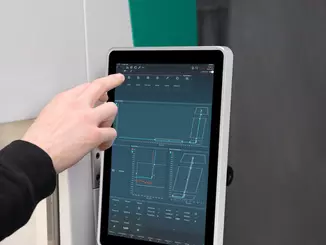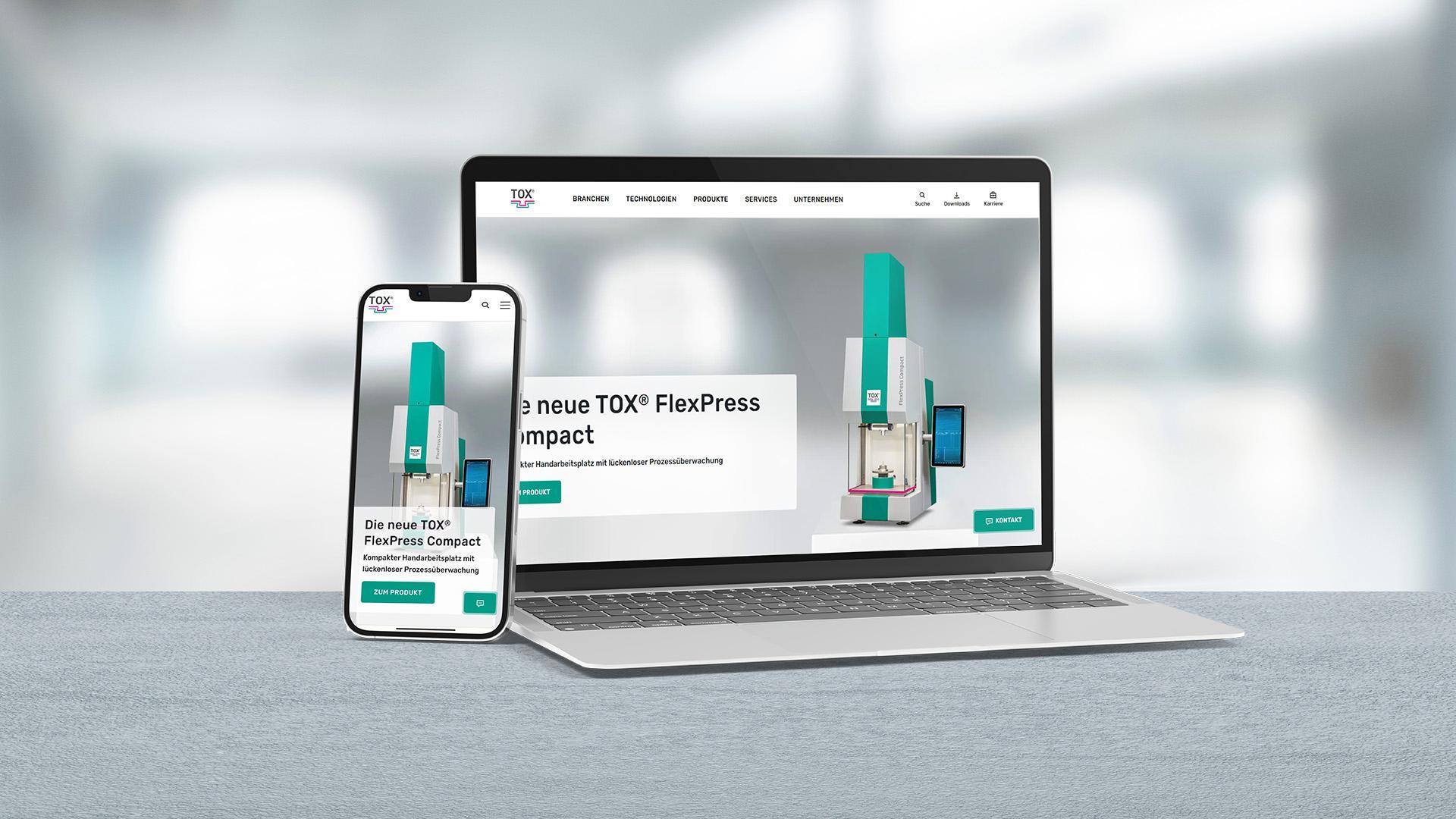
Picture:© Tox Pressotechnik
Clinching proves itself in the assembly of household appliances due to its efficiency and reliability. The Swiss premium manufacturer V-Zug AG also appreciates this and invested in a new system from Tox Pressotechnik.

Picture:© Tox Pressotechnik
The developers at V-Zug AG know how to raise dishwashers, hobs and washing machines to the highest level of quality. The appliances of the Swiss manufacturer are used in private households as well as in the gastronomy sector and feature innovative technologies. The beginning was much simpler: Verzinkerei Zug AG was founded in 1913 as an artisanal contract galvanizing company that also produced sheet metal goods for households, agriculture and the building trade. Initially, the company concentrated on appliances for the laundry room and, seven years after it was founded, launched its first manually operated drum washing machine. The first small washing machine followed in 1949. Over the years, the portfolio grew to include automatic washing machines, tumble dryers and dishwashers. V-Zug AG has been operating under its current name since 1981. In the meantime, the former contract manufacturer has developed into a premium supplier and Swiss market leader for household appliances.
A special feature of the latest development sets new standards in terms of ergonomics: At the beginning of 2020, V-Zug introduced the new Adora dishwasher line with the so-called OptiLift. Behind this is an ergonomic function that swings up the lower crockery basket. In this way, plates and co. can be conveniently sorted and later cleared out again. In order to accommodate the guide rails and mechanics of this drawer and the ErgoPlus cutlery drawer, stainless steel plates had to be fixed inside the dishwasher housing.
The clinching process from Tox Pressotechnik GmbH Co KG is suitable for this task. It joins the thin stainless steel sheets reliably and quickly. In contrast to riveting or welding, the surface and the material structure remain intact and thus tight. “It’s the most efficient solution for us,” affirms Patrick Bon, head of dishwasher design at V-Zug. Although we have been using Tox Clinch tools for several years, we have not had a complete Tox Pressotechnik system until now,” he adds.
The concrete task was: Three components each had to be fixed to the two housing sides of the large-capacity vats. “Our customers expect top quality. For us, it is therefore clear that the result must also be visually and technically flawless,” emphasizes Patrick Bon.
Dynamic and precise
Tox Pressotechnik developed a system concept which allows the clinching of two housing walls in one operation. The heart of the system is the Tox single-point pliers TE-CM with the electromechanical drive Tox-ElectricDrive in compact design. The C-frame is designed for a maximum pressing force of 80 kilonewtons. The mould opening is a maximum of 73 millimetres and is thus completely sufficient for the Swiss project. The EPMR press drive is installed on the die side and operates with a nominal force of 80 kilonewtons. Sensors monitor the force and displacement. The accuracy of the high-precision force sensor is ± 1.0 percent of the full scale value. The piston of the drive operates highly dynamically at a speed of up to 200 millimeters per second. The component surface is wetted before each clinch point is set. This reduces friction and thus protects the tools and sheet metal surfaces. For this purpose, Tox Pressotechnik has supplemented the system with a spraying device.
After placing the three plates on the work table – mix-ups and incorrect assembly are ruled out thanks to the template-like component fixtures – the worker places the 60-litre large-capacity vats on top. He releases the path-controlled process via the Tox single-hand control STE. The housings are fixed and the clinch process starts. The tongs move on an X-Y axis to process two side walls in succession, each with 15 tox points.

Variable process
There are two programs: one for clinching three and one for clinching two sheets per side. “This allows us to produce the housings for dishwashers with and without the comfort slide function for the cutlery drawer on a single line,” explains Christoph Fässler, project manager for plant planning. As soon as the process is completed, the control system opens the component clamps automatically. The worker then removes the housing, reloads the worktable and places the vat, rotated 180 degrees, back on to repeat the process on the second side wall. The user can create motion sequences and operating modes via a touch screen, and view evaluation results via it. The screen is connected to the axis controller via an Ethernet connection.
In order to avoid mistakes or even injuries, Tox Pressotechnik has equipped the system with several safety features. In this way, sensors check whether the required components have been inserted and the vat placed. The plant is only accessible from the front, with light protection grids monitoring access during the process. The remaining sides are sealed off with Makrolon panes. This allows the workers to keep an eye on the joining process without any risk.
And V-Zug thinks flexibly. In this way, the control system can be expanded later for additional vat variants. Likewise, all component holders are designed as interchangeable parts and allow for later retrofitting.
The plant arrived at V-Zug in Zug ready to use and only had to be connected to electricity and compressed air. “It all went off without a hitch,” recalls Christoph Fässler. For us it is not about maximizing the output, but about the quality, which is technically and visually convincing at Tox Pressotechnik.



